Comanche Sets Bermuda Race Record
Published on June 19th, 2016
Newport, RI (June 19, 2016) – Comanche has set a Newport Bermuda Race record celebrating her line honours victory in the 50th Thrash to the Onion Patch, Newport Bermuda 2016.
Jim and Kristy Hinze Clark’s 100 foot screamer, skippered by Ken Read, crossed the line off St. David’s Lighthouse at 4:22:53 EDT. Her elapsed time is a provisional 34hrs 42min 53sec, almost five hours ahead of the previous 39:39:18 set in 2012 by George David in Rambler.
The next closest boat was Maximizer, a Farr 72, which had an ETA of 17:48 tomorrow, June 20.
The previous course record was 39 hr., 39 min., 18 sec. set four years ago, in the last “reaching race,” by George David’s 90-foot Rambler, averaging 16 knots along the 635 mile track. Rambler had clipped a spectacular 14 hours off the previous best time set in the previous “reaching race,” in 2002, by Roy Disney’s Pyewacket.
Read said that there were four main factors that led to Comanche’s record run. He pointed to the total commitment of the owners Jim and Kristy Hinze Clark, to a boat that was built especially for breaking records, to a crew of seasoned professionals, and to Stan Honey, who Read called the world’s best navigator.
It was Honey who found a crack in the high pressure ridge stretching across the rhumbline on the opening night that trapped the rest of the fleet north of the fresher breeze above the Gulf Stream.
“Stan and I have a great working relationship,” Read said. “I love the tactical side of the navigation and he does the weather side. Looking at the weather three days before the start, it looked like we would have a pretty good run at the record. One thing that concerned us was the late start and the wind shift that would go with it.
“There was a high pressure cell building across the course,” Read continued. “With an earlier start we could have beaten the high, started on port tack and stayed on it all the way to Bermuda. Even if it was a sea breeze day, the wind would have been fading. That late start cost us four or five hours. We could have beaten that little high out on the easterly breeze but because of the delay, we had to take a left turn and go out and around it.”
Read said that instead of going all the way around the high, Stan found a space that separated the high into two cells which allowed Comanche to cut the corner and get just ahead of the ridge. “When we escaped, all of a sudden the hard part was over. The boat did its job.”
“The boat is just as good as it looks,” Read added. “She’s a big, wide, beamy boat that eats up miles on a reach. We were averaging 28 to 29 and our highest speed was 32 knots. If it is blowing 28 knots we’re doing 28. At wind speeds in the 14knott range, we out sail the wind by four knots or more. But you can’t sail a boat like this without a great crew. Kasey Smith is the boat captain and I have been around the world with him twice. I wouldn’t leave the dock without Kasey.”
When Stan Honey was asked to comment on his plan, he explained, “Because our start was so late, the northeaster wasn’t going to fill in all the way to the shore in the evening. There was a high-pressure ridge building south of Newport, walling off the course. We carefully went through all the weather files and compared them to the models and weather buoys and our own observations. We found one that worked well for us.
“There was a portion where two little highs had separated with a bit of a hole in between,” Honey said. “We sailed around the edge of the western high, gybing around it and never got below 8kts of wind. We gybed twice, actually.”
Read added, “We expected to be drifting which would have killed our record hopes. But all of a sudden we pop out of the other side and it’s like— There is a God… let’s get out of here!”
Read and Honey were concerned that if this had been a conventional race with the boats knotted together in the early going, their late start would have left them sailing through the slower boats in pitch dark. Luckily the fleet was spread out by the early wind shifts. “It’s one thing in the Fastnet Race, but that is a daytime start and you can make hand signals to tell other boats that you are going to dip them, but that doesn’t work at night.”
The largest waves Comanche saw in the Gulf Stream were just 3 meters and the highest winds in the mid 30’s. After sliding out of the grip of the high-pressure ridge, which still holds many of the competitors away from the new wind in the Gulf Stream, the race was just a comfortable reach to Bermuda. Ironically, the highest winds, 49 knots, came during a squall while Comanche was navigating through the north shore channel heading from the finish line to the Royal Bermuda Yacht Club in Hamilton.
Comanche will return to Newport to prepare for a trans-Atlantic monohull record attempt later this summer, maybe another Sydney Hobart, and the Transpac in 2017.
Race website – Livestream – Tracker – Facebook
Background: The 635-mile Newport Bermuda Race, starting on June 17, is the 50th edition and also marks the 90th anniversary of the partnership of the organizers, the Cruising Club of America and Royal Bermuda Yacht Club. Leading up to the start, the fleet size looked to be the second or third largest in history. Then the weather forecasts began predicting gales in and below the Gulf Stream. Following the weather briefing on Thursday night (June 16), boats began withdrawing from the race. Finally 47 boats that had entered decided not to race. That brought the total from 184 boats on June 13 to 142 starters on June 17.
Source: John Rousmaniere, Talbot Wilson


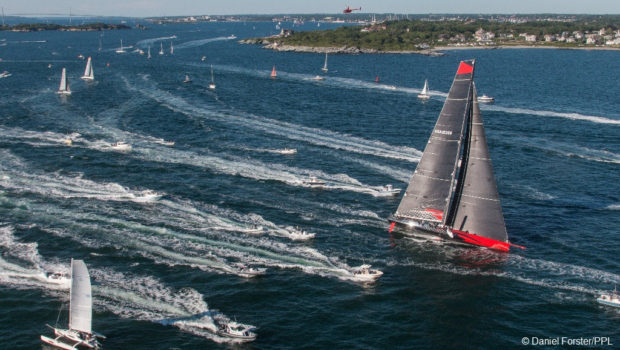

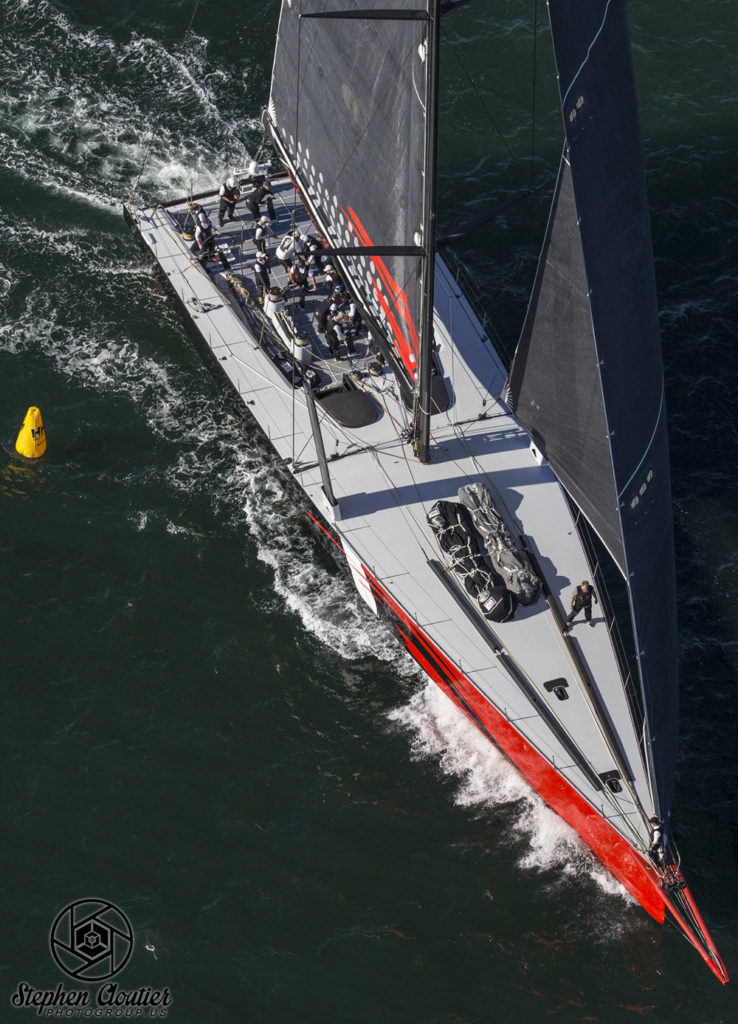
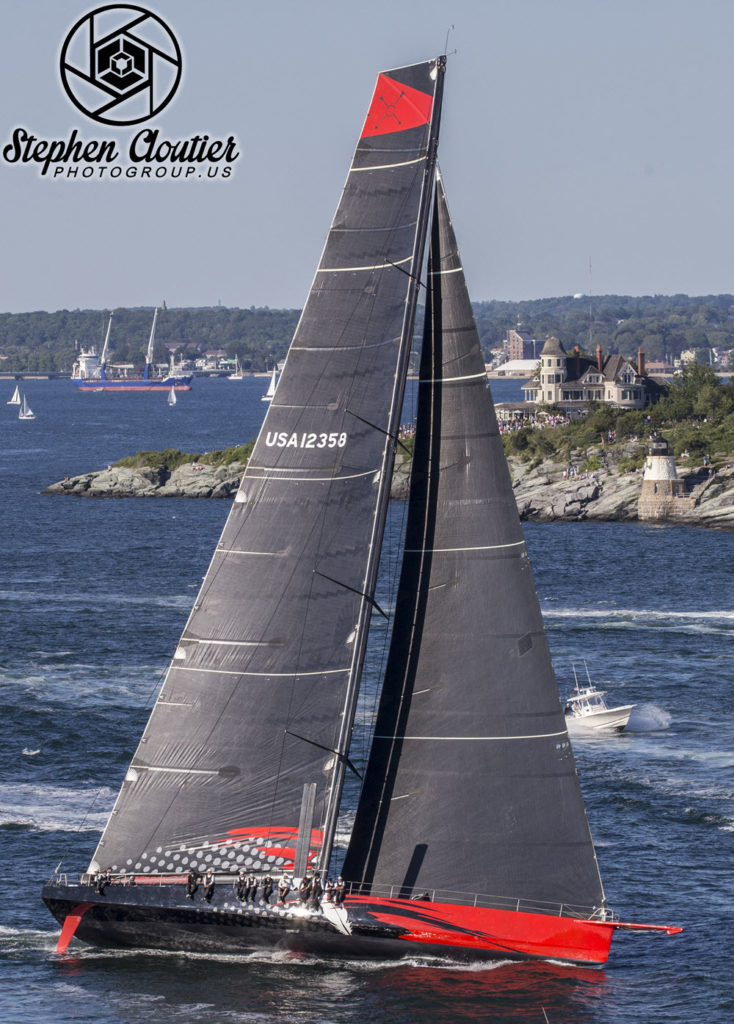
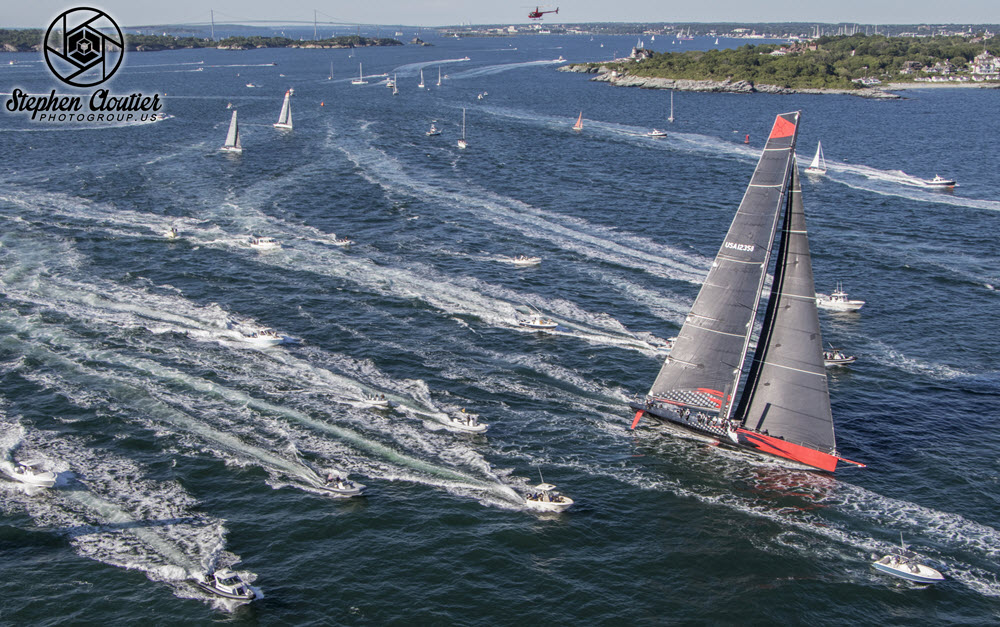
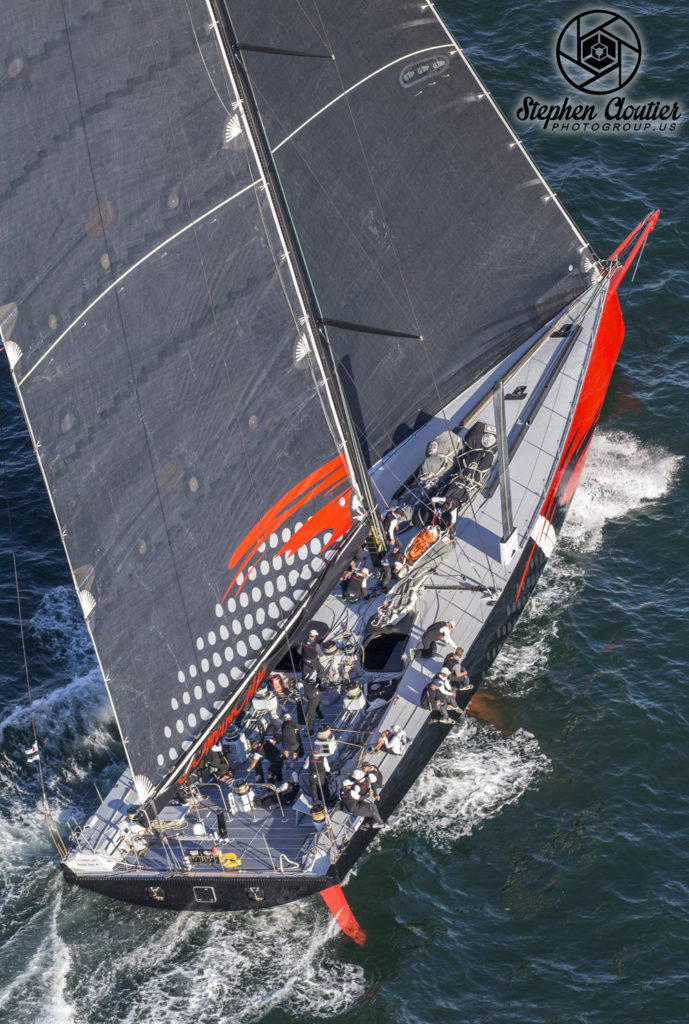
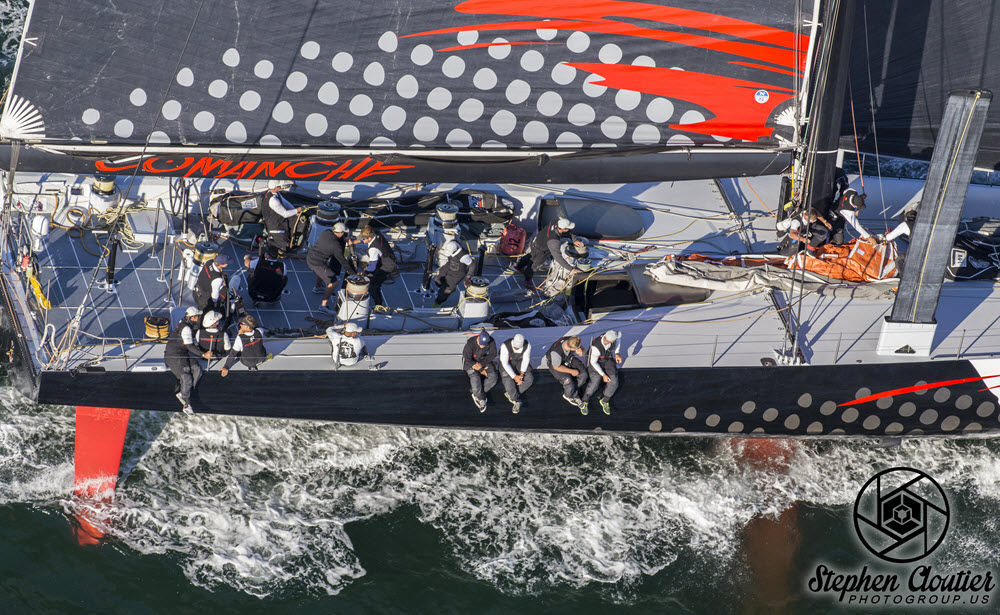
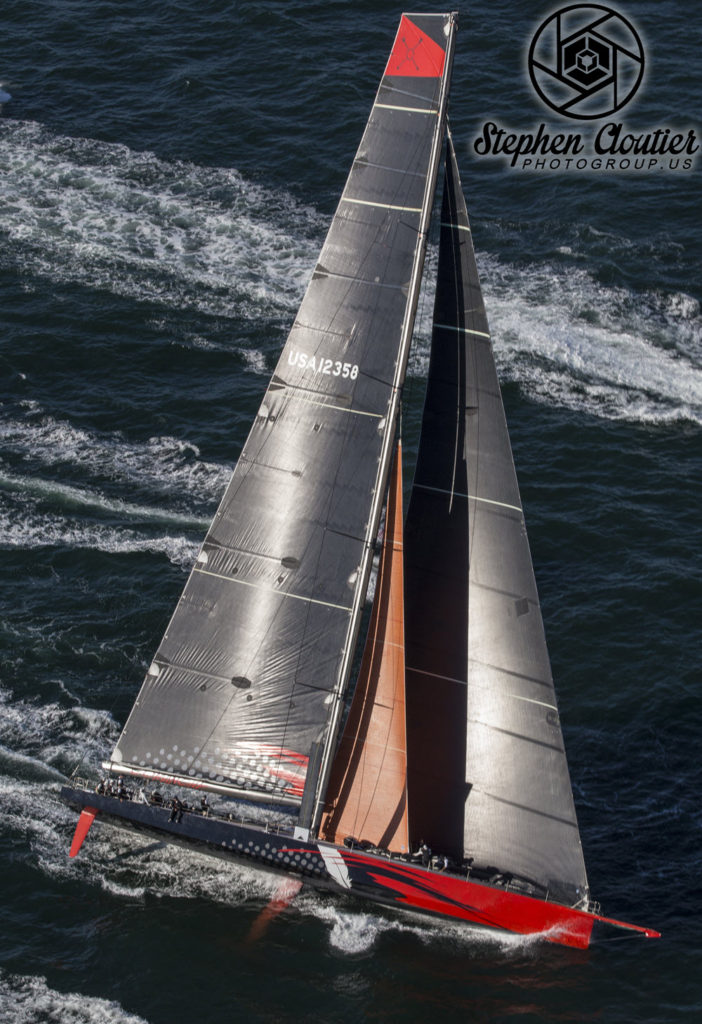
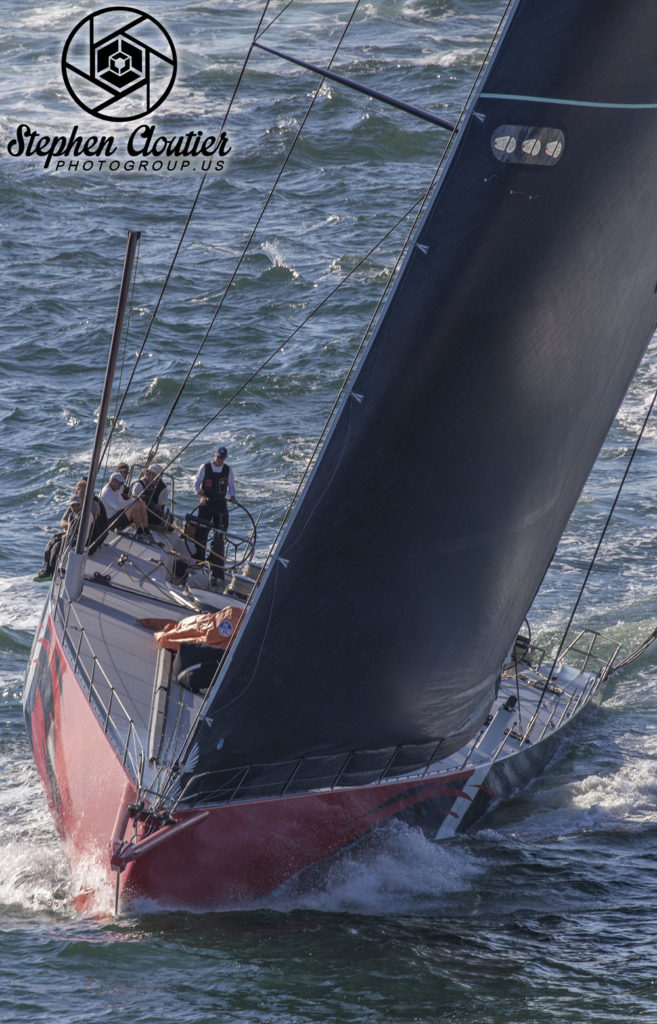
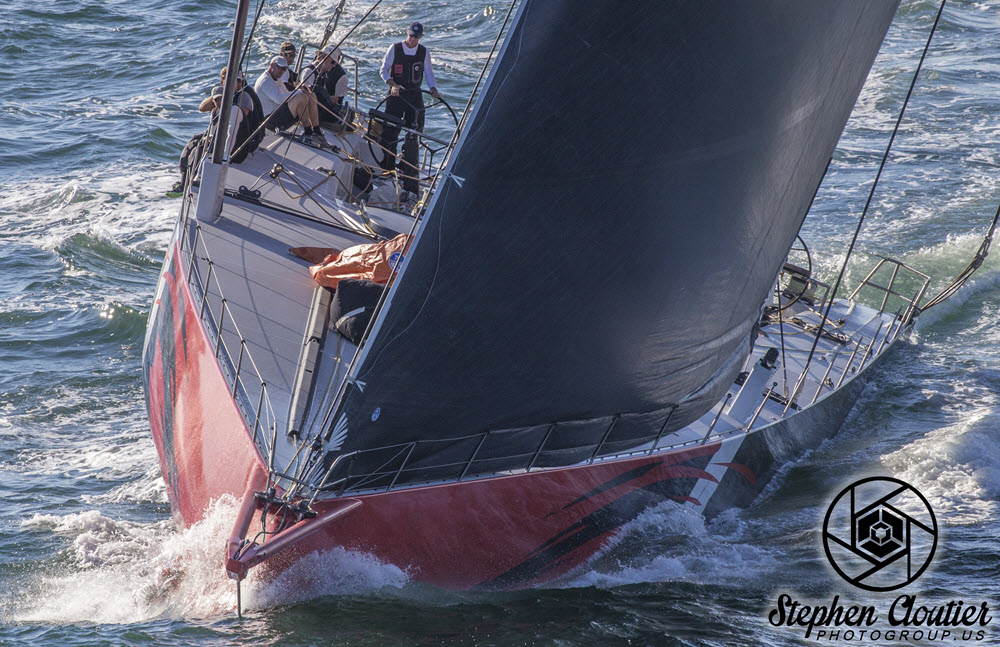

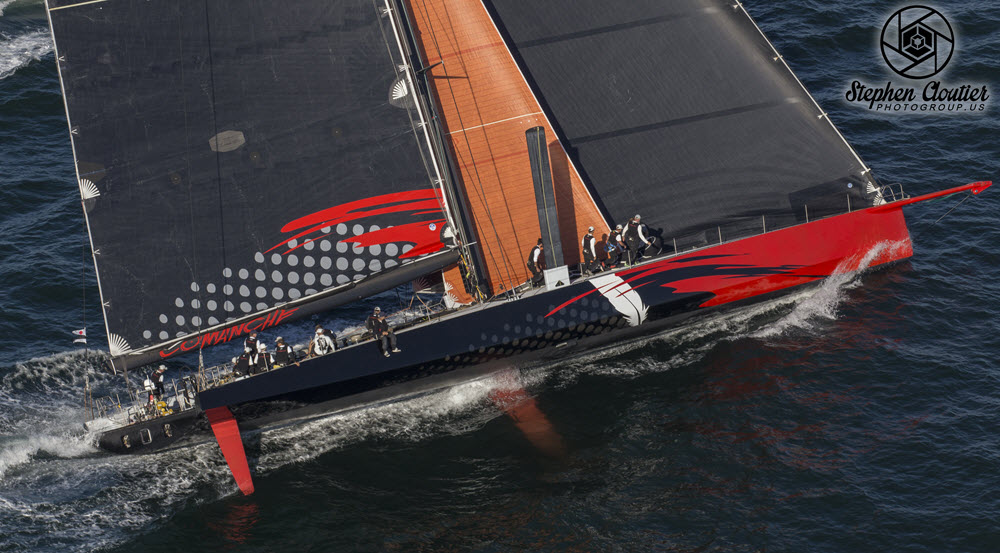

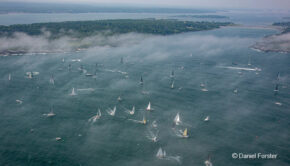
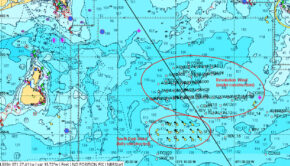
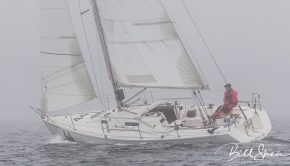
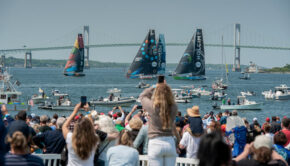
 We’ll keep your information safe.
We’ll keep your information safe.